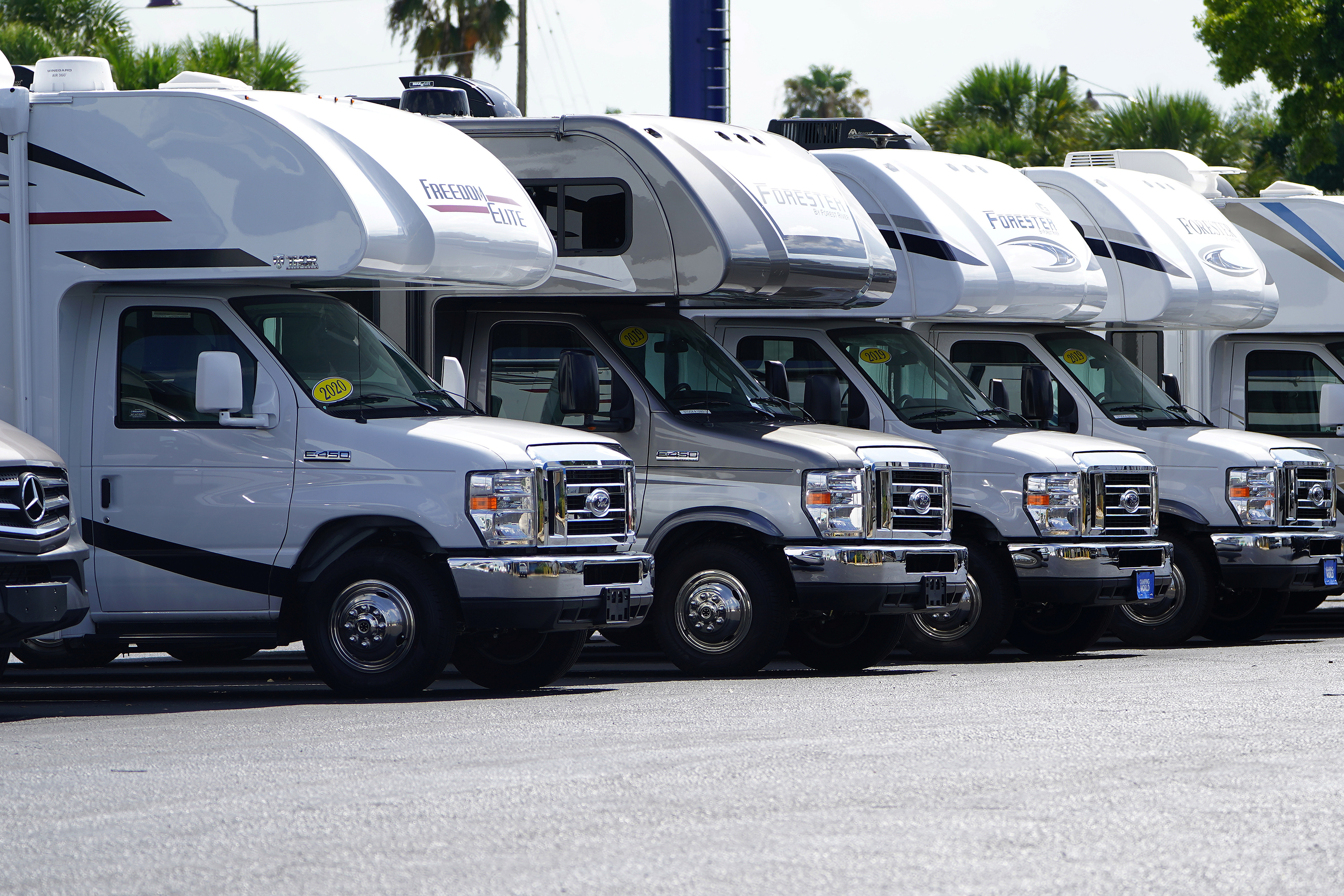- You’ve been cruising around in your RV all summer but when it’s time to store it away, give it some well-deserved care and attention to get the most out of it on your next outing.
- Whether you’re storing your RV close to home or someplace farther away, these handy tips from industry professionals and other RV users are a practical will help ensure your RV is ready to hit the road again later
- As a rule, start from inside-out and top to bottom for a thorough cleaning job.
Read on for everything you need to know about preparing your RV for storage after a summer road trip.
1. First the inside: Clear all cabinets, especially inside the kitchen and bath. Take out food, oils, spices and liquids that could result in mold growth or attract rodents.

“Leaving out rodent poison or deterrents is recommended to prevent infestation but definitely avoid using mouse traps as that could leave decomposing critters stinking up your RV,” says JUCY RV Rentals General Manager Hiron Menon.
2. Remember: Also remove anything in cans or bottles that can break or expand and explode in the RV.

This includes cleaning supplies that can spill and cause damage if left inside. Turn off the refrigerator and leave the door open to avoid mold growth. Leave a box of baking soda inside to mask any odors.
3. Spring clean away: Scrub all surfaces, vacuum all carpets.

Wipe down the interior of your RV, clean all filters and vents, and dry all work and resting surfaces. Wash linens and awnings, and ensure the entire interior area is completely dry.
4. The exterior needs to be cleaned, too

Wash and dry the outer surfaces of the RV. Start from the roof down, and clean the undercarriage to free all the dirt and chemicals that have been collecting in areas not clearly visible. Get this done at an authorized RV dealer if necessary. This would also be a good opportunity to get other repairs and maintenance issues addressed, too.
5. About those windows: Cover them to keep light and heat.

Doing this will help to avoid damage to the quality of materials on the inside. "Inspect all of the roof seams, body seams and use window sealant for any cracks and openings that would allow water to get in. Consult your RV dealer for sealants compatible with these materials and reseal as required," says Mark J. Polk, owner of RV Education 101.
6. Battery care: Disconnect all batteries to extend their lifespan

Polk advises, "Check and adjust the water levels in all batteries and make sure they are fully charged. A discharged battery will freeze much quicker than a fully charged battery. If the RV is in long-term storage, it's better to remove the batteries and store them where they will not freeze."
7. Oil, fuel and tanks

Jody Halsted of Camping Tips for Everyone says, "If it is nearly time for an oil change, get that done before your RV sits in storage. Consider fuel stabilizers if the RV won't be used for more than a month." Remove water from all tanks, flush the waste tank to prevent any bad odors, and turn off the liquefied petroleum gas supply valve cylinders.
8. Cover your RV

Find a sheltered storage spot, but if that isn't possible, get a cover made of a breathable material that fits your vehicle. Do not park under trees or in a heavily wooded area. Natural elements can do a number on the exteriors so keep it well-protected to avoid surprise maintenance expenses.
9. Check your tires

Inflate tires to the maximum pressure listed in the owner's manual. Cover them to reduce UV damage. Polk suggests driving the RV onto a raised platform, such as a large piece of treated lumber underneath each tire, to create a buffer between the tires and the ground. "Frozen ground and petroleum-based surfaces, like asphalt, can damage tires."
10. Last but not least ...

Consider some form of remote monitoring or video surveillance to keep an eye on your precious cargo hauler while it's in storage to help protect your investment.

